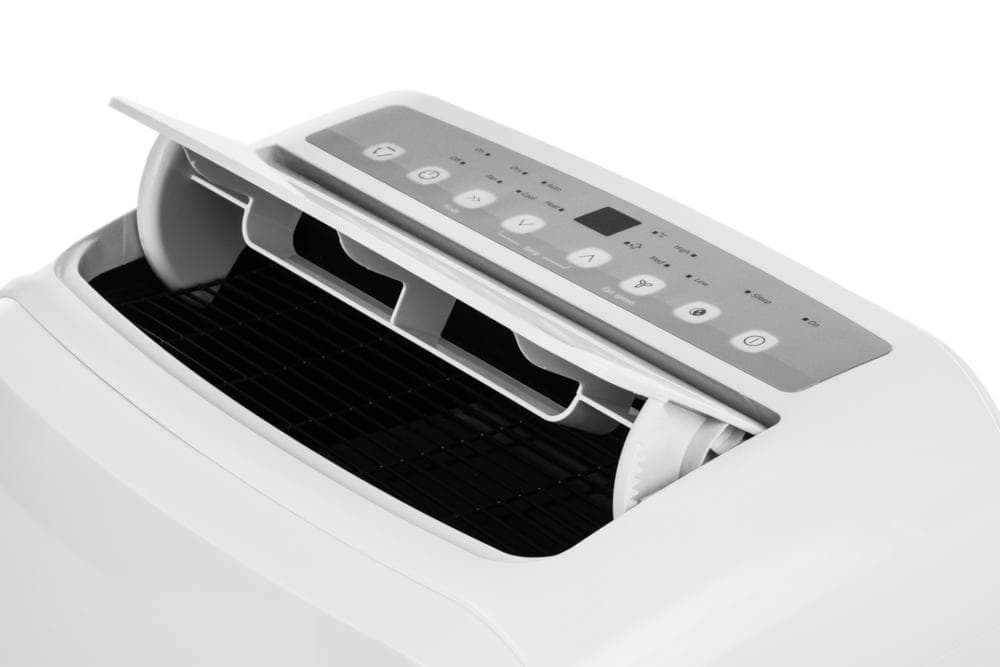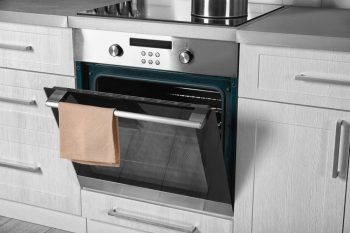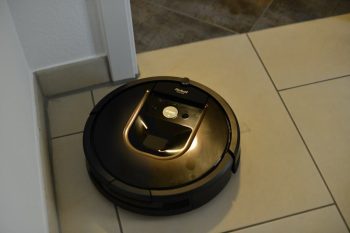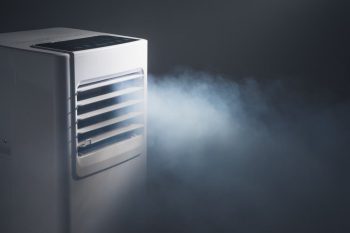
Installing a portable air conditioner (AC) in a vertical window can seem like a daunting task, especially if you’re doing it for the first time. However, with the right guidance and tools, you can get your portable AC up and running in no time. This comprehensive guide will walk you through the steps of installing a portable AC in a vertical window, including what to avoid, how to optimize efficiency, and how to maintain your unit for optimal performance.
To install a portable AC in a vertical window, first select a location near an electrical outlet. Prepare and install the window adapter kit that comes with the AC unit. Connect the exhaust hose to the window adapter and the AC unit. Attach the drainage hose if available. Finally, plug in the AC unit and turn it on. Always follow the manufacturer’s instructions and safety guidelines for installation and maintenance.
Choosing the Right Location
The first step in installing a portable AC is choosing the right location. Ideally, your portable AC unit should be placed near a vertical window and an electrical outlet. Ensure there’s enough clearance around the unit for proper airflow. This is essential for the unit to function efficiently and to prevent overheating.
Preparing the Window Adapter Kit
Most portable AC units come with a window adapter kit designed to work with standard windows. However, if your window is too large or small for the kit, you may need to trim the adapter or purchase a piece of Plexiglas to fill the gap.
Installing the Window Adapter Kit
Once you’ve prepared the window adapter kit, position it in the window, ensuring a good seal. You may need to use duct tape or screws to secure the adapter in place.
Connecting the Exhaust Hose
Next, attach one end of the exhaust hose to the window adapter kit and the other end to the portable AC unit. Make sure the connections are secure to prevent air leaks.
Attaching the Drainage Hose
If your portable AC unit has a drainage hose for continuous drainage, attach it to the unit and secure it to a suitable drainage point.
Plugging in the Portable AC
Once everything is connected, plug the unit into the electrical outlet and turn it on.
Proper Maintenance for a Long-lasting Unit
Proper maintenance is crucial for extending the life of your portable AC unit. This includes cleaning and replacing filters regularly, keeping the exhaust hose short and straight, using the correct window adapter, and cleaning the exterior of the unit.
Safety Precautions
Safety should always be a priority when installing and using a portable AC in a vertical window. Ensure proper clearance, use a window sealing kit, keep the exhaust hose short and straight, secure the unit, install a window lock, maintain the unit, and avoid overloading electrical circuits.
Conclusion
Installing a portable AC in a vertical window doesn’t have to be a complicated task. With the right information and tools, you can set up your unit and enjoy a cool, comfortable environment in no time. Always remember to follow the manufacturer’s instructions, maintain your unit regularly, and prioritize safety. With these tips in mind, you’re well on your way to a successful installation.
For more in-depth guides and tips on installing and maintaining portable AC units, visit our website at www.example.com.
Frequently Asked Questions
What type of window adapter kit should I use for a vertical window?
The type of window adapter kit you need will depend on the portable AC unit you have. Most units come with a window adapter kit designed to work with standard windows. However, for a vertical window, you may need a specific vertical window adapter kit. You can usually find these online or at a local hardware store.
How can I tell if my window is too large or small for the window adapter kit?
If the window adapter kit that came with your portable AC is too small for your window, there will be a gap between the kit and the window frame. If it’s too large, the kit won’t fit into the window space. You can measure your window and compare it to the dimensions of the adapter kit to ensure a proper fit.
How often should I clean or replace the filters on my portable AC unit?
The frequency of cleaning or replacing the filters on your portable AC unit will depend on the specific model and how often you use the unit. However, a general rule of thumb is to clean the filters every two weeks and replace them every two to three months.
What should I do if my portable AC unit isn’t cooling effectively?
If your portable AC unit isn’t cooling effectively, there could be several reasons. The filters may be dirty or need replacing, the exhaust hose could be blocked, or the unit may not be powerful enough for the size of the room. Check the filters and exhaust hose first, and if the problem persists, you may need to consider getting a more powerful unit.
Can I use an extension cord with my portable AC unit?
It’s generally not recommended to use an extension cord with your portable AC unit, as it can cause the unit to overload the circuit and potentially cause a fire. It’s best to plug the unit directly into a wall outlet. If this isn’t possible, ensure you use a heavy-duty extension cord that can handle the power requirements of the unit.












